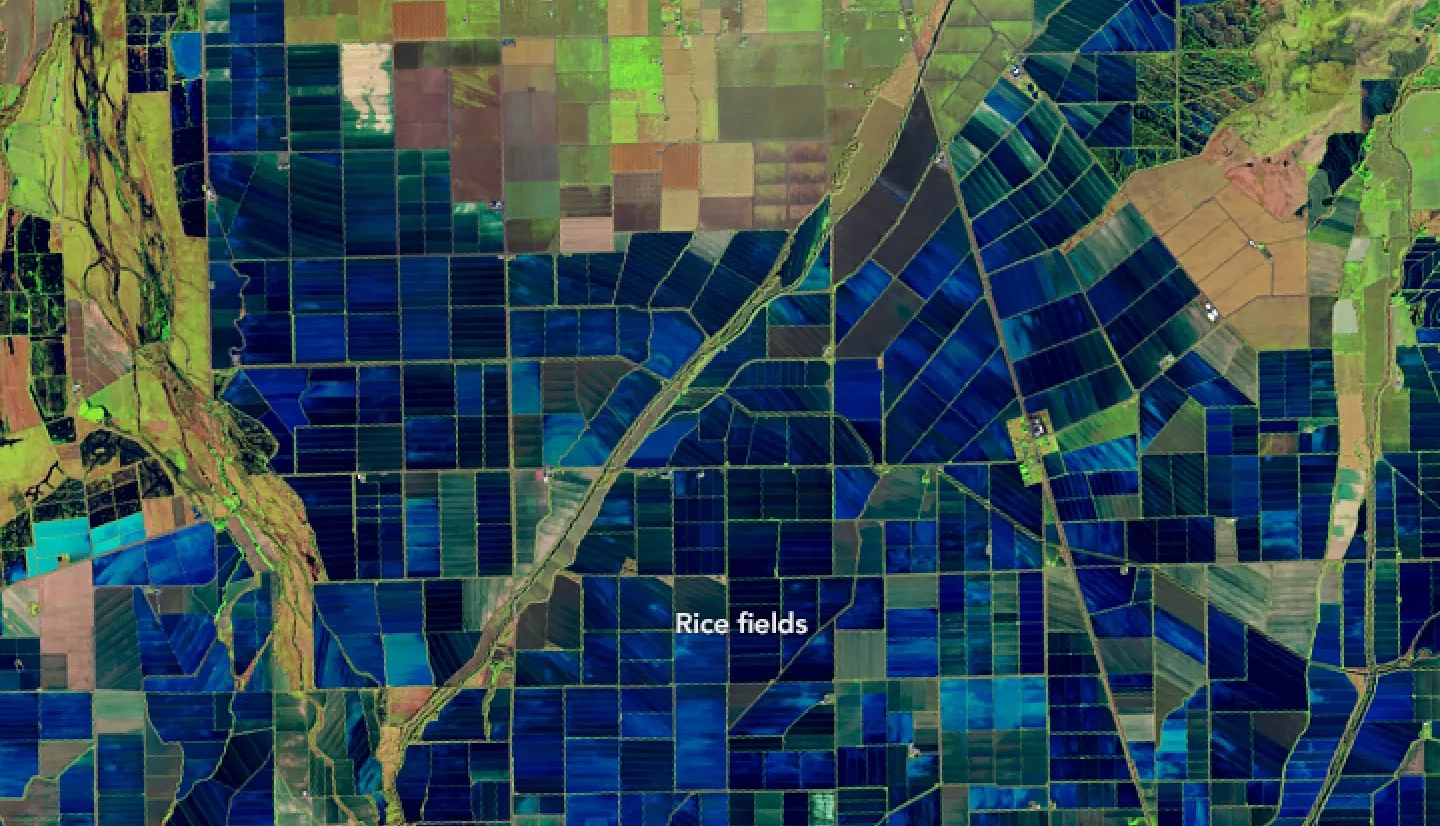Bradley D. Doorn, PhD


Sustaining Our Food Supplies
From American cornfields to African savannas — Decision-makers around the world use NASA Earth data in innovative ways to better grow our food.
Historically, the scientific community has focused on monitoring water supplies to help maximize efficient use of water, including irrigation. Now, we're measuring plant health from space, creating early warning systems and enhancing the efficiency of water use.
But we can't do it alone. We rely on a global network of partner institutions, civil society organizations and NASA's Earth-observing satellites to find the best ways to reshape our food and agriculture systems.
NASA's development of science and technologies and our expertise enables private sector innovation. For example, NASA helped create the commercial remote-sensing industry, and in many instances, invented new technologies transferred to the private sector.
NASA Acres consortium is NASA's U.S.-focused agriculture program element established in March 2023. It was commissioned by NASA and is led by the University of Maryland. NASA Acres focuses on applying Earth observation information to the most pressing agricultural and food security challenges facing U.S. farmers, ranchers, and agrifood systems. NASA Acres works with stakeholders across the agricultural spectrum to develop Earth observatory-based data and tools that help increase production, while protecting and restoring land, water, atmosphere, and human health.
NASA Harvest consortium is NASA's food and agriculture program It is made up of over 40 partners and was commissioned by NASA and is led by the University of Maryland. NASA Harvest connects top researchers, humanitarian aid organizations, economists, policymakers and other leaders. It gets them the timely, accurate and actionable information they need to prepare for and respond to spikes in food prices, weather-related food shortages and other events.
Visit the NASA Harvest Website
Workforce development is the cornerstone of integrating Earth observations int the agriculture community. A skilled workforce is essential for driving innovation and progress in the industry.
NASA prioritizes connecting the agriculture community with cutting-edge sources, empowering agriculture professionals of all ages to make data-driven decisions and adopt techniquest that optimze resource usage and increase yields.
Our leadership team is driven by the priorities, needs and challenges of our end-users across multiple fields. Their many years of collective experience, background in Earth observations and passion for food security and agriculture pushes our work forward.

